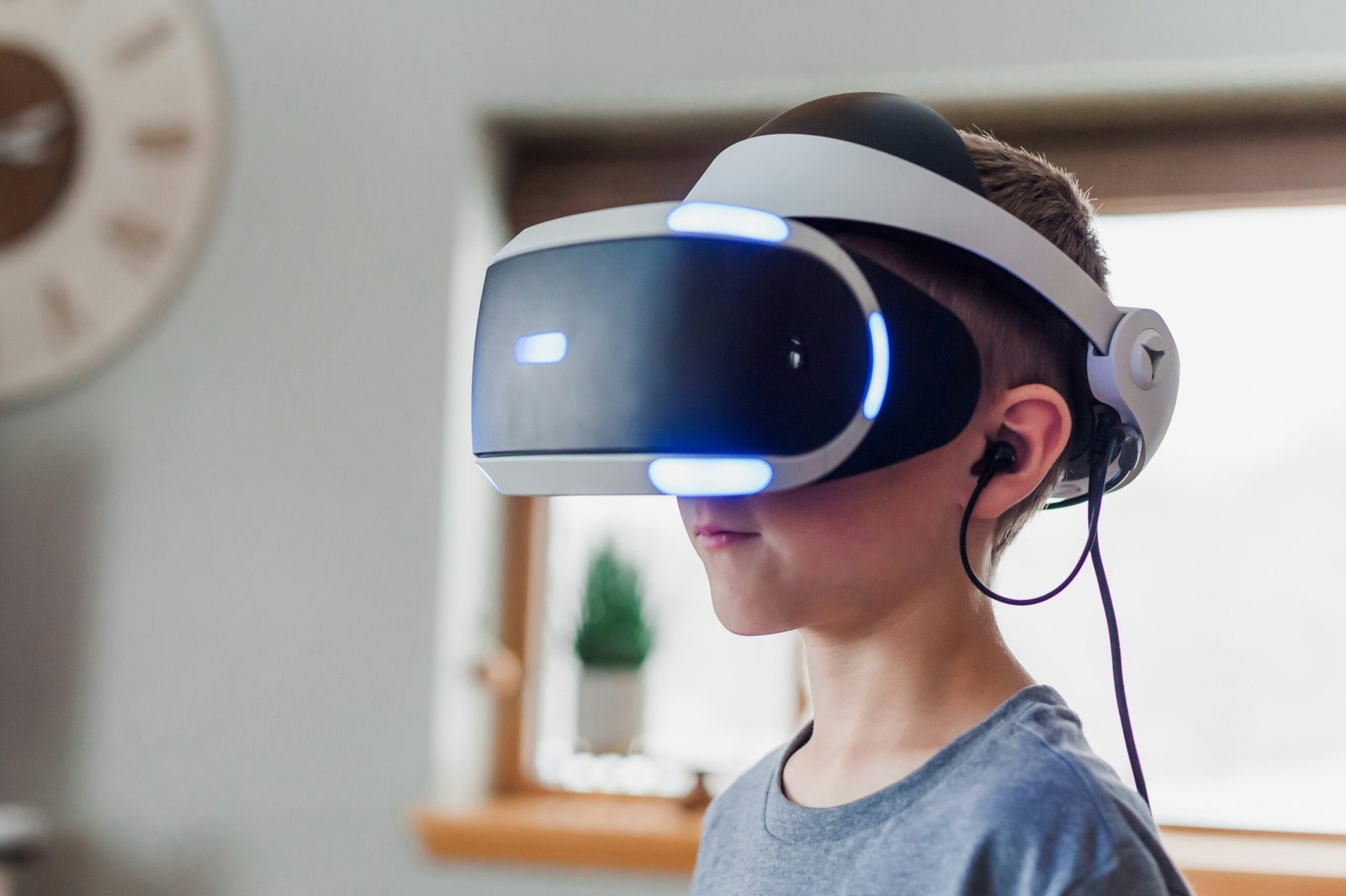The Rise of Virtual Reality in Presentation Design
In recent years, virtual reality (VR) has emerged as a powerful tool in various industries, revolutionizing the way we experience and interact with content. One area where VR has shown great potential is in presentation design. With its ability to create immersive and engaging experiences, VR is transforming the way presentations are delivered and received.
Enhancing Engagement and Retention
Traditional presentations often rely on static slides and verbal explanations to convey information. While this approach can be effective, it may not always capture the attention of the audience or leave a lasting impression. VR, on the other hand, offers a more dynamic and interactive experience.
By using VR in presentation design, presenters can create virtual environments that allow the audience to explore and interact with the content. This level of interactivity not only enhances engagement but also improves information retention. Studies have shown that people remember information better when they are actively involved in the learning process.
Creating Immersive Experiences
One of the key advantages of VR in presentation design is its ability to create immersive experiences. With VR, presenters can transport their audience to different locations, whether it’s a virtual office, a construction site, or even outer space. This immersive experience allows the audience to better understand and visualize the content being presented.
For example, imagine a sales presentation for a real estate development. Instead of showing static images of floor plans and renderings, the presenter can use VR to take the audience on a virtual tour of the property. The audience can explore different rooms, experience the layout, and get a sense of the space as if they were physically there. This level of immersion not only makes the presentation more engaging but also helps the audience make more informed decisions.
Improving Collaboration and Communication
VR is not only transforming the way presentations are delivered but also how teams collaborate and communicate. With VR, remote teams can come together in a virtual meeting space and interact as if they were in the same room. This level of virtual collaboration enables teams to work together more effectively, regardless of their physical location.
In the context of presentation design, VR can facilitate feedback and revisions in real-time. Instead of sending static slides back and forth via email, presenters and stakeholders can review and make changes to the virtual environment together. This collaborative approach not only saves time but also ensures that everyone is on the same page, resulting in a more polished and impactful presentation.
Overcoming Challenges and Limitations
While VR offers exciting possibilities in presentation design, there are still some challenges and limitations that need to be addressed. One of the main challenges is the cost and accessibility of VR technology. VR headsets and equipment can be expensive, making it difficult for everyone to adopt this technology.
Another challenge is the learning curve associated with VR. Presenters and audience members may need time to familiarize themselves with the technology and its functionalities. This learning curve can be a barrier to widespread adoption, especially for those who are not tech-savvy.
Furthermore, VR may not be suitable for all types of presentations. Some topics may not benefit from the immersive and interactive nature of VR. It’s important for presenters to carefully consider whether VR is the right tool for their specific content and audience.
The Future of VR in Presentation Design
Despite the challenges and limitations, the future of VR in presentation design looks promising. As technology continues to evolve and become more affordable, VR is likely to become more accessible to a wider audience. This increased accessibility will open up new possibilities for presenters to create impactful and memorable experiences for their audience.
Additionally, advancements in VR software and tools will make it easier for presenters to design and deliver VR presentations. User-friendly interfaces and pre-built templates will simplify the process, allowing presenters to focus on the content rather than the technical aspects of VR.
As VR becomes more integrated into our daily lives, it’s important for presenters to stay up-to-date with the latest trends and best practices in VR presentation design. By embracing this technology and harnessing its potential, presenters can captivate their audience and deliver truly immersive and engaging presentations.
